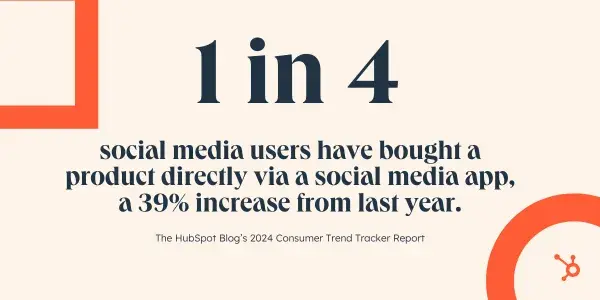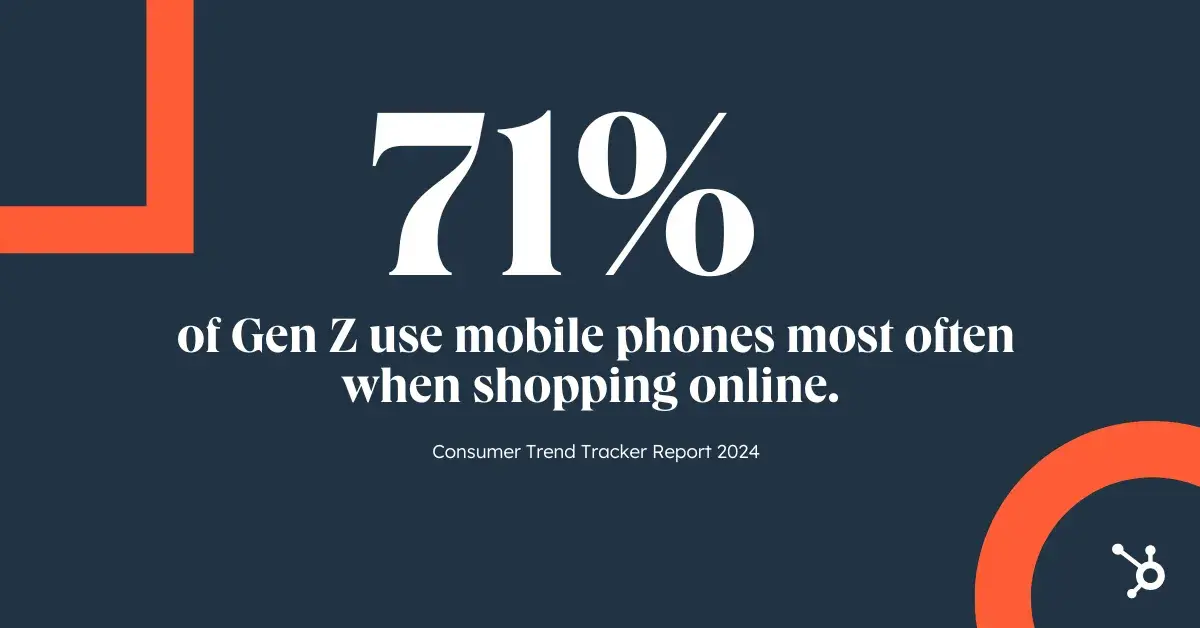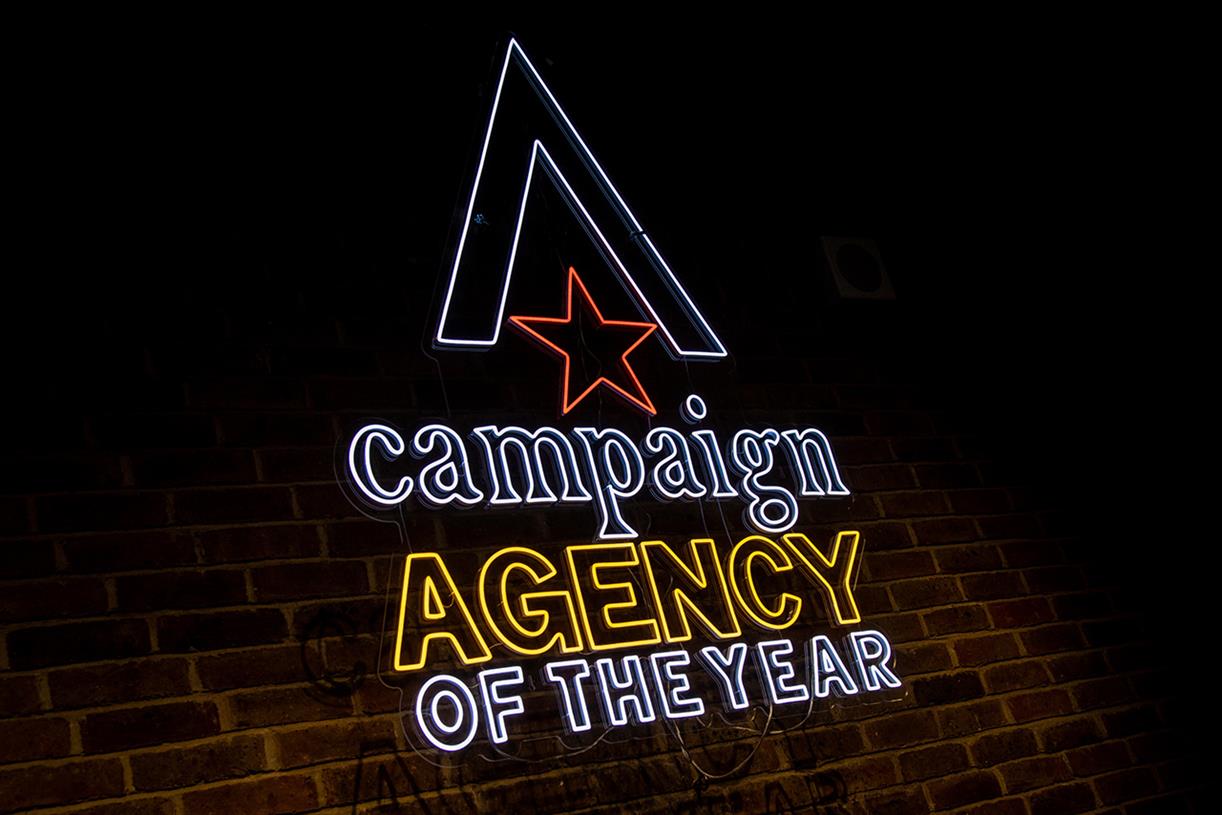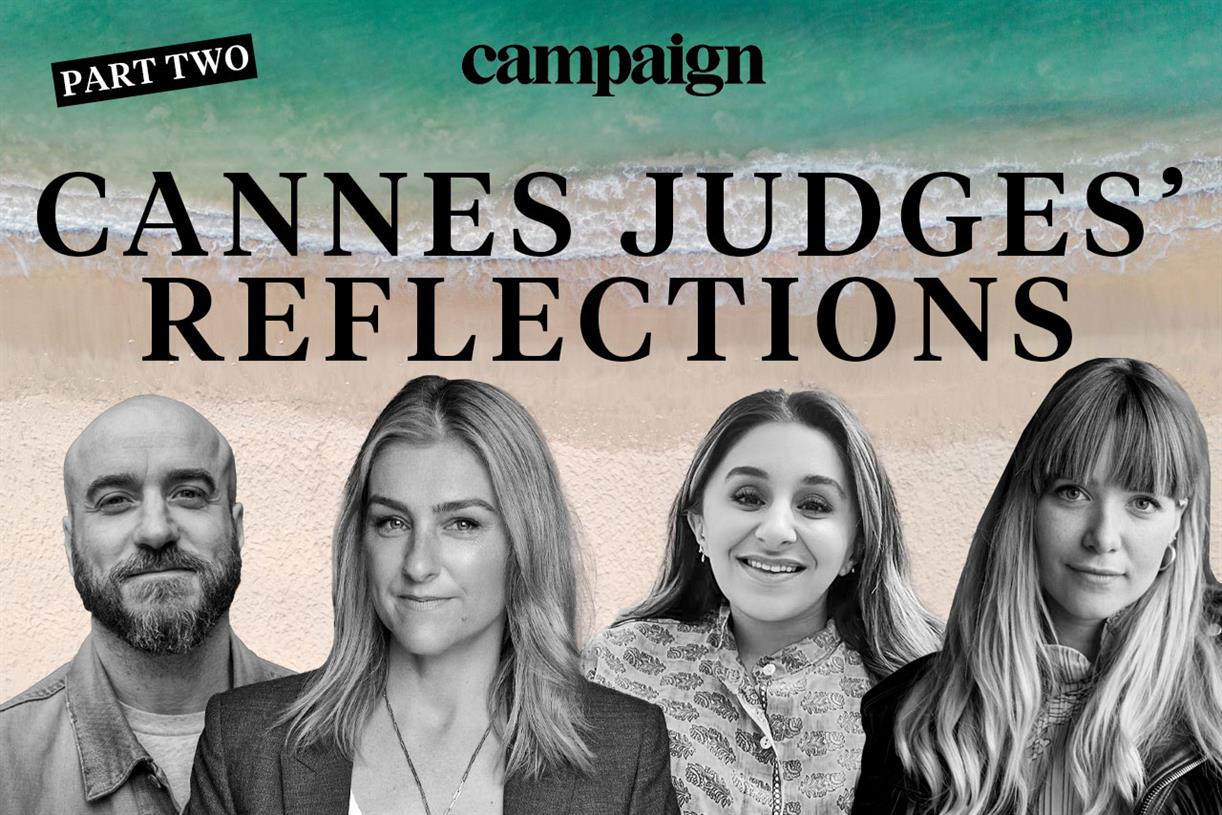3 Holiday Shopping Trends Brands Should Expect & How to Lean Into Them [Shopper Data]
The holidays are pretty much here, and my head is still spinning from how fast 2024 went by. And if you‘re a marketer, your head may also be spinning trying to figure out this year’s holiday shopping trends.
![3 Holiday Shopping Trends Brands Should Expect & How to Lean Into Them [Shopper Data]](https://www.hubspot.com/hubfs/Copy%20of%20Featured%20Image%20Template%20Backgrounds%20%2810%29.webp)
The holidays are pretty much here, and my head is still spinning from how fast 2024 went by. And if you‘re a marketer, your head may also be spinning trying to figure out this year’s holiday shopping trends. You needn‘t worry; I’ve got you covered with insights from our most recent consumer trends report. Let‘s explore consumers’ minds and determine what marketing and shopping trends you'll need to leverage this season. Table of Contents Last Christmas, I was scrolling through Instagram on my sister‘s couch (as I’m prone to do) when I saw a photo of two velvet blouses by a shop I love called Midnight Hour. My sister had just given me money as a gift (best sister ever), so I used some of the money to buy both tops directly through the business' Instagram. Our 2024 Consumer Trend Tracking Report shows that my shopping experience aligns with most consumers. Social media is the #1 channel for product discovery for Gen Z, my fellow Millennials, and Gen X. While it‘s not the top channel for Boomers, our findings indicate they’re rapidly warming up to social media shopping, too. In fact, a third of our survey respondents say they have discovered a product on social media within the last few months. Furthermore, our report shows that 1 in 4 social media users have bought a product directly via a social media app, a 39% increase from last year. So, this holiday season, brands and businesses should expect more consumers to discover and purchase products via social media. So, lean into tools like Instagram Shopping, TikTok Live Shopping, or TikTok Shop so you can meet consumers where they are at (social media) and have them buy directly from your platform. Remember when I said I was scrolling through Instagram on my sister‘s couch? I wasn’t scrolling via my laptop; I was on my phone when I discovered and purchased the blouses, which brings me to another consumer shopping trend. Regarding online shopping, mobile phones are used more than any other device, especially among Gen Z. Our report shows that 71% of Gen Z use mobile phones most often when shopping online. Moreover, 63% of consumers in our survey, across generations, use mobile when looking up a question in a search engine. This plays into how consumers shop because most will use their mobile phones when searching for questions about products. For example, I Googled durable winter tights on my smartphone a few days ago and was shown a few brands to check out. After enough research, I bought a pair via my smartphone. This holiday shopping season, ensure your website is optimized for mobile shopping and browsing since most consumers will do their online shopping and product research from their mobile devices. I don‘t follow many influencers, and I can’t recall the last time an influencer convinced me to buy something, but that marks me as an outlier as more consumers look to influencers to help make buying decisions. Our report shows influencers impact purchasing decisions more, with over a fifth of social media users (21%) buying a product based on an influencer recommendation in the past three months. And if you‘re trying to attract Gen Z, it’s crucial to know that Zoomers hold influencer recommendations in higher regard than recommendations from friends and family (9% vs 7%, respectively). More consumers are also following virtual influencers. In 2024, 28% of social media users follow virtual influencers, up from 25% in 2022. Consider finding influencers who align with your brand and vision and sparking collaboration with them so you can better connect with your audience. So, we know what shoppers are doing this year. Let's see what brands are doing. So, what do consumers want brands to put in their metaphorical stockings this year? Relatability! According to our report, consumers crave relatable content, but only 63% say that the content brands post on social media seems authentic or relatable. Of the types of content brands post on social media, 90% of consumers say funny and relatable content is the most memorable (or 52% and 38%, respectively). 63% say it's more important for a marketing video to be authentic and relatable than polished and high-quality. I predict that brands will address this gap this year by creating funny, relatable content that caters to consumers' interests. I also see more brands releasing marketing content that takes a stance on important issues or demonstrates corporate responsibility. 50% of U.S. adults say brands should do more regarding social advocacy, and I have already seen some brands answering that call. As part of its holiday marketing, True Religion collaborated with Grammy Award-winning rapper Megan Thee Stallion for the denim company‘s holiday collection. The company hosted an event with the rapper’s Pete & Thomas Foundation, a foundation that supports underserved communities. The “Where Wishes Come True” event focused on providing holiday gifts to those in need, including LGBT and at-risk youth. True Religion‘s marketing video from the event hit all the points I mentioned above. It’s authentic and relatable, featuring candid footage of Megan Thee Stallion shopping and having fun with fans and gift recipients. Participants also shared their genuine excitement about spending time with the star and what she and True Religion mean to them. Megan Thee Stallion's sense of humor and charisma also shine, contributing to some funny moments in the video. And, of course, by centering the event on helping LGBT and at-risk youth, True Religion is taking a stand for the LGBT community. We may also see brands dabble in AI content this holiday season, but I must warn against hopping on this trend too quickly. As I said before, relatability and authenticity are vital in reaching consumers this holiday season. An overreliance on AI can prevent authentic branding from shining through, alienating your audience. For example, Coca-Cola released its annual holiday ad, which was generated using AI. The ad received heavy backlash from viewers who found it “creepy” and impersonal. Instead of relying heavily on AI in your ads, I suggest leveraging influencers and content creators to build authentic connections with your audience. This is another trend I expect to gain prominence this season. For example, Fenty Beauty is leveraging influencers like Stephanie Valentine to promote products that create holiday looks. Now that you‘ve learned about these key holiday trends start getting ahead of the Black Friday buzz by preparing and finalizing your holiday campaigns if you haven’t already done so. In the meantime, I‘ll likely be back on my sister’s comfy couch this year to do more online shopping. Happy holidays!
Holiday Shopping Trends
More consumers will take to social media for their shopping.

Mobile Shopping and purchasing will be on the rise this season.

Consumers will seek their favorite influencer's stamp of approval.
Holiday Marketing Trends
Brands will provide relatable, authentic holiday content.
Businesses will promote corporate responsibility.
Some brands may leverage AI-generated content, but be careful!
Prepare to see more influencer and content creator collaborations.

What's Next?

 Konoly
Konoly 












![How to get free leads and sales with social [VIDEO]](https://www.digitalmarketer.com/wp-content/uploads/2022/04/THE_X_FACTOR-1-1024x576.png)














.jpg)




